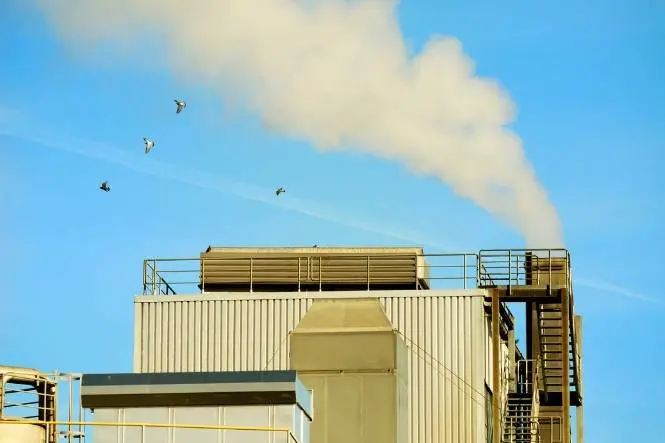A great many of us are familiar with the processes of forensic science simply from what we have seen on television, in the movies and also read in books but there are processes involved that are sometimes not spoken of simply because they slow the process of storytelling down.
What is Chemical Pollution?
When referring to the chemical pollution of a crime scene we refer to any substance that may make the identification of DNA, fibres, fingerprints or other forensic material difficult. Such chemicals are often found in nature and indeed often contaminate a crime scene if the crime scene is outdoors. Sources of chemical pollution in outdoor crime scenes can include:
- Rainwater
- Seawater or water from a river
- Oil, petrol or diesels
- Soil
- Chemicals used industrially
All of the aforementioned contaminates are found either in nature or as a result of human intervention. And they can be found in and around a crime scene either because they were already present at the crime scene or because they have been transported unwittingly to the crime scene.
Preventing Chemical Contamination of a Crime Scene
Unfortunately in some cases it is impossible to prevent the contamination of a crime scene especially if there has been rain prior to the discovery of the crime scene or if the crime scene is in or around a river or large body of water.
You should remember that rain is a highly effective vehicle for the transportation of contaminates as chemicals from other areas rise into the atmosphere and are then deposited elsewhere during rainfall. Likewise chemicals that make their way into bodies of water are also easily transported as they will travel in the direction the river, lake or subsequent water track follows.
How Do Humans Prevent the Contamination of a Crime Scene?
Again television and cinema and the written word teaches us a lot about how forensics are conducted and it is likely that you will have saw or read about forensic technicians wearing protective clothing whilst examining a crime scene. This ensures that the technicians (a) do not bring any foreign debris or chemicals to the crime scene and (b) do not remove anything from the crime scene.
Technicians are also required to wear protective footwear such as paper slippers which prevent them from carrying anything to or from the crime scene on the soles of their shoes. It is also important to remember that at the scene of a crime the first police officer – or officers – has the responsibility of cordoning off the area to ensure that no one enters or leaves. This is designed to ensure that no cross contamination occurs.
On occasion the officers who are first on scene will be required to provide their fingerprints to rule out any fingerprint evidence that may have been contaminated by their touch.
Can Chemicals Destroy Evidence?
Yes this can happen and a perfect example of this would be rainfall. No only is rainfall responsible for washing away important fibre evidence but also for contaminating the scene with chemicals such as sulphur that have been picked up and carried from one locale to another.
At a crime scene a forensic technical must rule out the presence of such chemicals as being a force of nature or as being the result of transportation either on the body of the deceased or on the clothing or footwear of the perpetrator.

